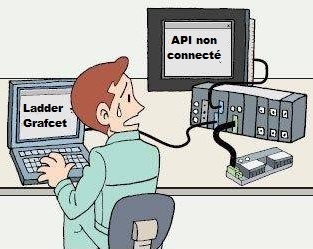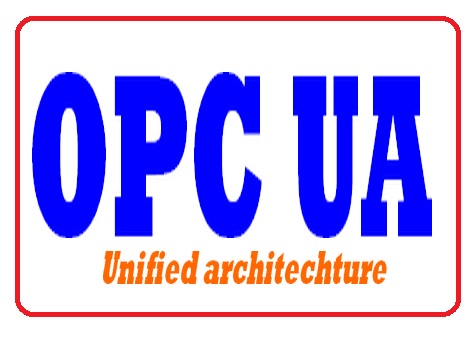
OPC UA Tutorial
- Par automationsense
- Le 24/12/2015
- Dans Actualités
- 0 commentaire
This is a basic tutorial of OPC UA
The OPC standard is widely used in industry to perform PC/PLC communication.To establish a PC/PLC communication via OPC server we need at least one client and one server.

There are many provider of OPC server software like Kepware with KepserverEx,Matrikon,Softing etc..To develop an OPC client we can use languages like C / C ++, Delphi, Java, C # etc. ... An OPC client can also be a scada software scada for exemple Wonderware scada Intouch can be used like opc client.The OPC communication architechture is client / server this means we will have one server that will communicate with the controller or the equipment and a client that will recover the server data for visualisation via graphics and synoptics.To develop an OPC client, we need communication interfaces usually in the form of DLLs that can be integrated in chosen IDE(Visual Studio,Eclipse etc..).
The OPC UA (unified architechture): developed in 2008 is the latest OPC server standard, it integrates all OPC classic functions and specifications.It is cross platform (running on no-Windows system because not dependent on COM / DCOM architechtures).The OPC Foundation has released specifications for OPC UA for C / C ++, java and Dotnet languages to facilitate portability.A SDK is provided by the OPC Foundation to create OPC UA servers, however it is only available for .Net. For other languages like C / C ++ and Java, you must purchase additional toolkits.
The OPC UA is based on the webservices allowing communication between remote equipments.An OPC UA server can be implemented directly in a PLC or an embedded system and supports two modes: binary over TCP and SOAP/HTTP over TCP. The implementation of the OPC UA on real-time operating systems such as Windows CE or Vxworks is also possible.
Ajouter un commentaire